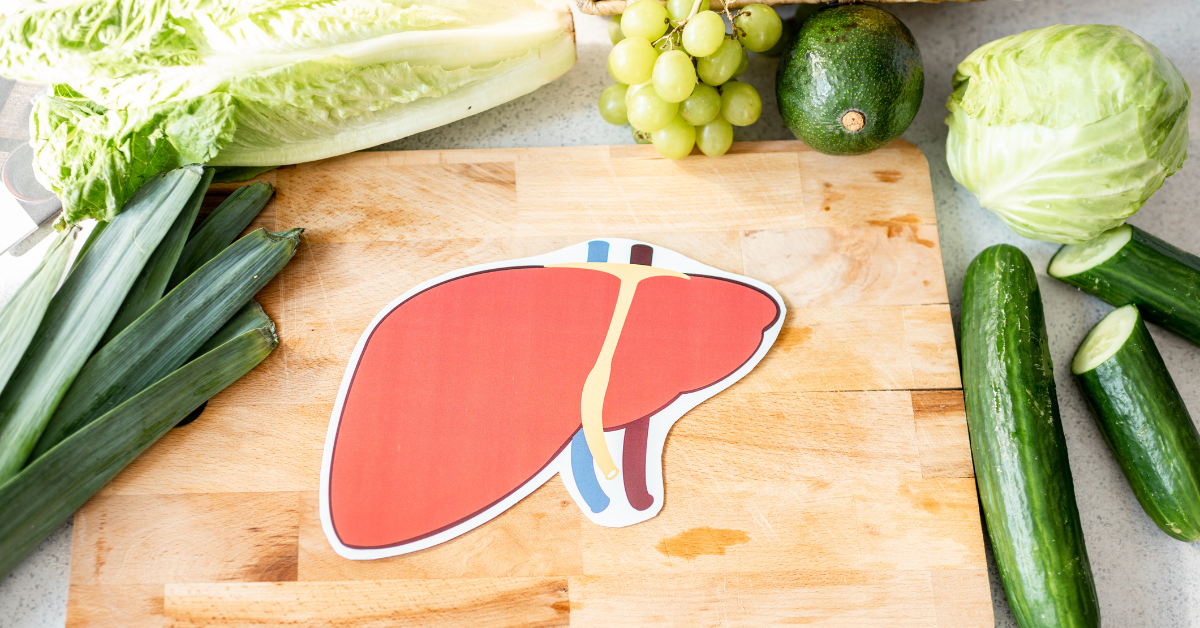Bilirubin is a yellow pigment that is produced during the breakdown of red blood cells. The liver absorbs bilirubin from the blood and uses it to produce bile, a fluid that can break down fats during digestion. Bile passes from the liver through the bile ducts and into the gallbladder, where it is stored. After a meal, bile is released into the small intestine, where digestion occurs (Mount Sinai). Most bilirubin is excreted as feces or urine as a part of digestion, but some may be recycled back to the liver for further use as bile.
Higher than normal levels of bilirubin in the blood can indicate a problem with the liver, bile ducts, or red blood cells. Bilirubin is often tested to check for liver disease, determine whether there is a blockage in the bile ducts, investigate the cause of jaundice (yellowed skin and eyes), or to evaluate forms of anemia that cause the destruction of red blood cells. Bilirubin can be easily checked using a home test.
What is bilirubin?
Bilirubin is a yellow substance that is made when old or damaged red blood cells are broken down. The liver uses bilirubin to make bile, a fluid that helps your body digest food. Bilirubin in bile is excreted as feces (Mount Sinai). If your liver or bile ducts are not working properly or a large amount of red blood cells are being destroyed, bilirubin levels in the blood can rise.
A bilirubin test measures total bilirubin. This includes 1) conjugated (direct) bilirubin, which has been processed by the liver so your body can get rid of it, and 2) unconjugated (indirect) bilirubin, which has not been processed by the liver and is bound to albumin in the blood (URMC Rochester).
Causes of high bilirubin
A bilirubin test measures the amount of bilirubin in your blood. Too much bilirubin in your blood can indicate that the liver is not functioning properly. There are several potential causes of high bilirubin, including:
- Liver disease, including cirrhosis
- Gilbert’s syndrome
- Hepatitis
- Primary Biliary Cholangitis
- Gallstones
- Liver, gallbladder, or pancreatic cancer
- Hemolytic anemia
Source: Felson, 2017
High bilirubin is also relatively common in newborn babies, particularly those born before 38 weeks. Infant jaundice occurs when high amounts of bilirubin in the blood causes an infant’s skin and eyes to look yellowish (Mayo Clinic, 2022). This usually occurs because the liver is not matured enough to remove bilirubin from the bloodstream in the first few days after delivery. Infant jaundice usually goes away in 10-14 days and does not require treatment. If bilirubin levels are too high, treatment often involves phototherapy, in which the infant is placed under a lamp emitting a special type of light. This light transforms bilirubin in the blood into a form that can be excreted without being processed by the liver.
Bilirubin values at a glance
The table below presents bilirubin levels in both micromoles per liter (µmol/L) and milligrams per deciliter (mg/dL), as these are the two standard units used in medical practice. Normal total bilirubin ranges between 5.1 – 20.5 µmol/L (0.3 – 1.2 mg/dL), while normal direct bilirubin is 1.7 – 5.1 µmol/L (0.1 – 0.3 mg/dL) (Mount Sinai).
| Bilirubin Type | Normal (µmol/L) [mg/dL] | High (µmol/L) [mg/dL] | Dangerous (µmol/L) [mg/dL] | Interpretation |
| Direct bilirubin | 1.7 – 5.1 [0.1 – 0.3] | 6.8 – 13.7 [0.4 – 0.8] | > 13.7 [> 0.8] | Direct bilirubin >13.7 µmol/L indicates liver or bile duct issues (e.g., cholestasis). |
| Indirect bilirubin | 3.4 – 12.0 [0.2 – 0.7] | 13.7 – 25.6 [0.8 – 1.5] | > 25.6 [> 1.5] | Elevated indirect bilirubin suggests hemolysis or Gilbert syndrome. |
| Total bilirubin | 5.1 – 20.5 [0.3 – 1.2] | 22.2 – 51.3 [1.3 – 3.0] | > 51.3 [> 3.0] | Total bilirubin >51.3 µmol/L indicates severe liver disease or bile obstruction. |
Symptoms of high direct and indirect bilirubin
Elevated direct and indirect bilirubin levels are associated with different underlying conditions. Direct (conjugated) bilirubin is linked to liver or bile duct issues, while indirect (unconjugated) bilirubin is often connected to blood disorders like hemolysis. Symptoms of illnesses that cause high direct bilirubin include:
- Jaundice (yellowing of the eyes and skin)
- Abdominal pain or swelling
- Pale or clay-colored stools
- Itching
- Nausea
- Fever / Chills
- Fatigue
- Dark urine
- Lightheadedness
For high indirect bilirubin, symptoms like jaundice, fatigue, and anemia are more common due to red blood cell breakdown (Rossiaky, 2022).
Why shouldn’t bilirubin be too high?
If left untreated, high bilirubin levels can cause a form of brain damage called kernicterus. This rarely occurs in adults, and most often affects infants. Not identifying and treating the cause of high bilirubin can also have serious health effects, as conditions like liver disease, cancer, and hepatitis can cause elevated bilirubin (Mayo Clinic, 2022).
How do you test your bilirubin level?
Bilirubin testing is done using a blood test. This can be performed at a doctor’s office or using a home finger prick test. Homed-IQ’s Liver Function Test checks bilirubin levels in the blood along with other important biomarkers of liver health. Would you like to check your kidney health too? The Liver and Kidney Function test includes analysis of biomarkers important to kidney health. A home test allows users to check their liver health without visiting a GP, or monitor their levels over time.
References
Bile duct obstruction. (n.d.). Mount Sinai Health System. https://www.mountsinai.org/health-library/diseases-conditions/bile-duct-obstruction
Bilirubin blood test. (n.d.). Mount Sinai Health System. https://www.mountsinai.org/health-library/tests/bilirubin-blood-test
Bilirubin test – Mayo Clinic. (2022, October 8). https://www.mayoclinic.org/tests-procedures/bilirubin/about/pac-20393041
Direct Bilirubin. (n.d.). https://www.urmc.rochester.edu/encyclopedia/content.aspx?contenttypeid=167
Felson, S. (2017, March 1). What Is a Bilirubin Test? WebMD. https://www.webmd.com/a-to-z-guides/bilirubin-test
Infant jaundice – Symptoms and causes. (2022, January 6). Mayo Clinic. https://www.mayoclinic.org/diseases-conditions/infant-jaundice/symptoms-causes/syc-20373865
Rossiaky, D. (2022, February 17). What Causes High Bilirubin? Healthline. https://www.healthline.com/health/high-bilirubin




